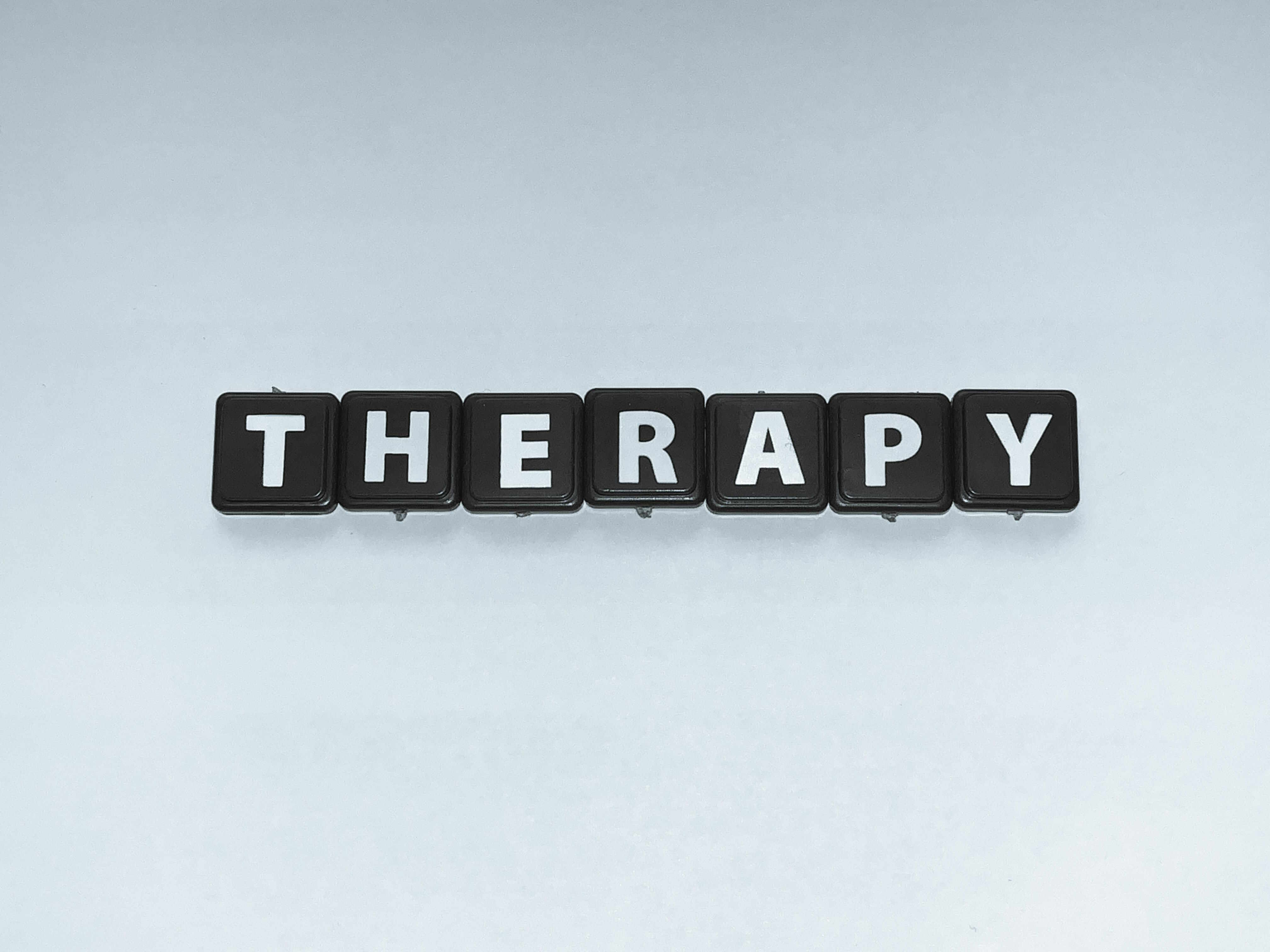Veterans Are Discovering New PTSD Relief Strategies
Coping with Post-Traumatic Stress Disorder (PTSD) presents a significant challenge for many veterans. However, thanks to the continuous advancements in mental health research and approaches, veterans are now discovering new, effective strategies that help them manage PTSD and improve their quality of life. This article explores some of these modern approaches, which are opening up new possibilities for supporting and empowering veterans affected by PTSD.

What are the latest innovative approaches to PTSD relief?
The field of PTSD treatment is evolving rapidly, with researchers and clinicians developing novel therapeutic approaches tailored to veterans’ unique needs. One such innovation is Virtual Reality Exposure Therapy (VRET), which allows veterans to confront trauma-related situations in a controlled, virtual environment. This technique helps desensitize individuals to triggering stimuli while providing a safe space for processing traumatic memories.
Another groundbreaking approach is neurofeedback therapy, which uses real-time displays of brain activity to teach self-regulation of brain function. This non-invasive method has shown promise in reducing PTSD symptoms by helping veterans gain control over their physiological responses to stress and anxiety.
How does holistic well-being impact veteran recovery?
Recognizing that PTSD affects more than just mental health, many veterans are turning to holistic approaches that address overall well-being. Mindfulness-based interventions, such as meditation and yoga, have gained traction for their ability to reduce stress, improve emotional regulation, and enhance overall quality of life.
Nutrition and physical exercise are also being integrated into PTSD treatment plans. Research has shown that a balanced diet and regular physical activity can significantly impact mental health, helping to alleviate symptoms of depression and anxiety often associated with PTSD.
What support systems and resources are available for veterans?
Veterans are discovering a wealth of support systems and resources designed specifically for their needs. The Department of Veterans Affairs (VA) has expanded its mental health services, offering both in-person and telehealth options for PTSD treatment. Additionally, numerous non-profit organizations and peer support groups have emerged, providing veterans with a sense of community and understanding.
Online platforms and mobile apps dedicated to veteran mental health have also become valuable resources. These digital tools offer everything from self-guided therapy exercises to crisis hotlines, making support more accessible than ever before.
How are personalized treatment plans changing PTSD care?
The one-size-fits-all approach to PTSD treatment is becoming a thing of the past. Veterans are now benefiting from personalized treatment plans that consider their unique experiences, symptoms, and preferences. This individualized approach may combine traditional therapies like Cognitive Behavioral Therapy (CBT) with newer methods such as Eye Movement Desensitization and Reprocessing (EMDR) or Accelerated Resolution Therapy (ART).
Genetic testing is also playing a role in personalizing treatment. By analyzing an individual’s genetic makeup, healthcare providers can better predict which medications or therapies may be most effective, reducing the trial-and-error process often associated with PTSD treatment.
What role does technology play in modern PTSD relief strategies?
Technology is revolutionizing PTSD treatment for veterans. Wearable devices that track physiological markers of stress and anxiety are helping veterans become more aware of their symptoms and triggers in real-time. Some of these devices can even prompt relaxation exercises or coping strategies when they detect elevated stress levels.
Artificial Intelligence (AI) is also making its mark in PTSD care. AI-powered chatbots and virtual assistants are being developed to provide 24/7 support, offering coping strategies and resources when human therapists are unavailable.
Which complementary therapies are gaining popularity among veterans?
Many veterans are finding relief through complementary therapies that work alongside traditional treatments. Equine-assisted therapy, which involves working with horses, has shown promising results in helping veterans build trust, improve emotional regulation, and reduce PTSD symptoms.
Art therapy and music therapy are also gaining recognition for their ability to help veterans process traumatic experiences non-verbally. These creative outlets provide alternative ways to express emotions and work through challenging memories.
Acupuncture and other forms of alternative medicine are being integrated into some VA hospitals and clinics, offering veterans additional options for managing PTSD symptoms and improving overall well-being.
In conclusion, the landscape of PTSD relief for veterans is evolving rapidly, with new strategies and approaches offering hope and improved outcomes. From innovative therapies and holistic well-being practices to personalized treatment plans and technological advancements, veterans now have more options than ever to address their PTSD symptoms. As research continues and awareness grows, the future of PTSD care for veterans looks increasingly promising, with a focus on comprehensive, individualized support that addresses the whole person, not just the symptoms.
This article is for informational purposes only and should not be considered medical advice. Please consult a qualified healthcare professional for personalized guidance and treatment.




